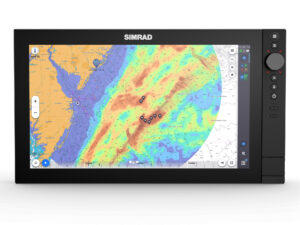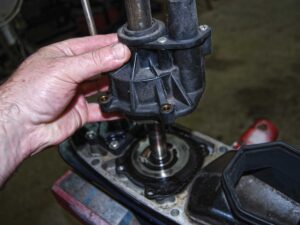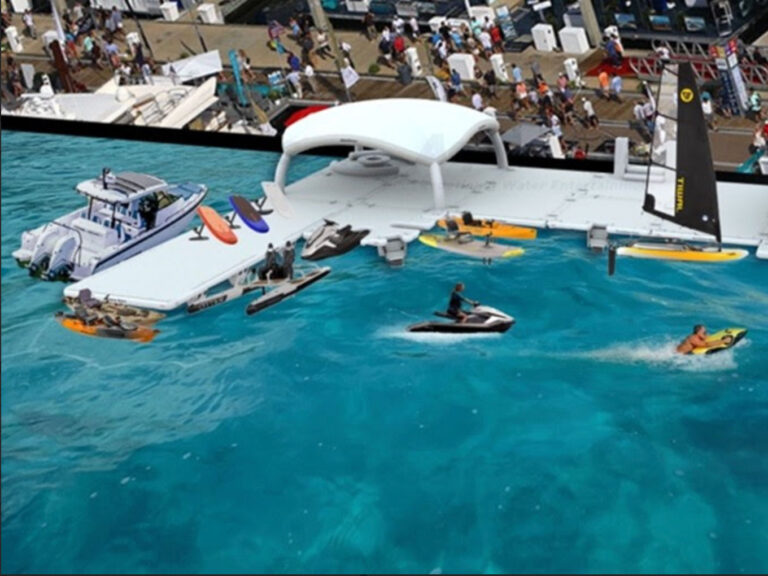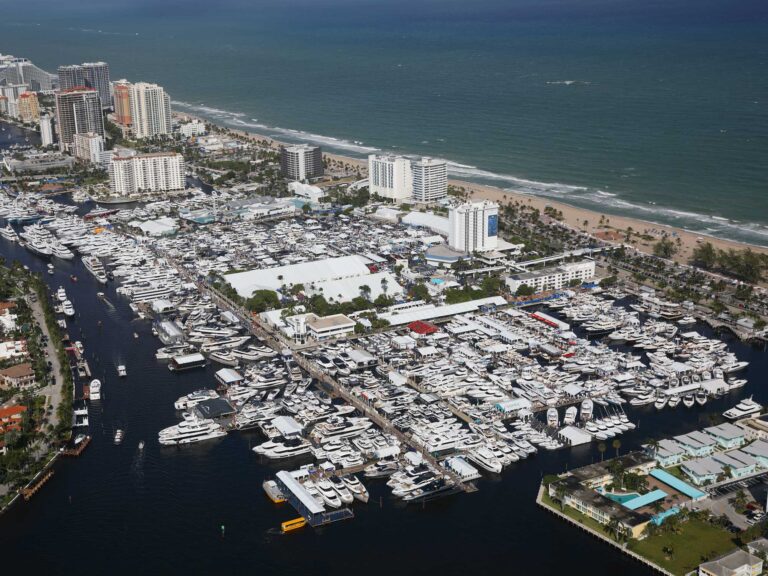Boarding ladders are a wise addition to any boat, easing passengers in and out of the water for a swim, towsport session, dinghy supply run or even maintenance check. Here are three tips to properly select a boarding ladder.
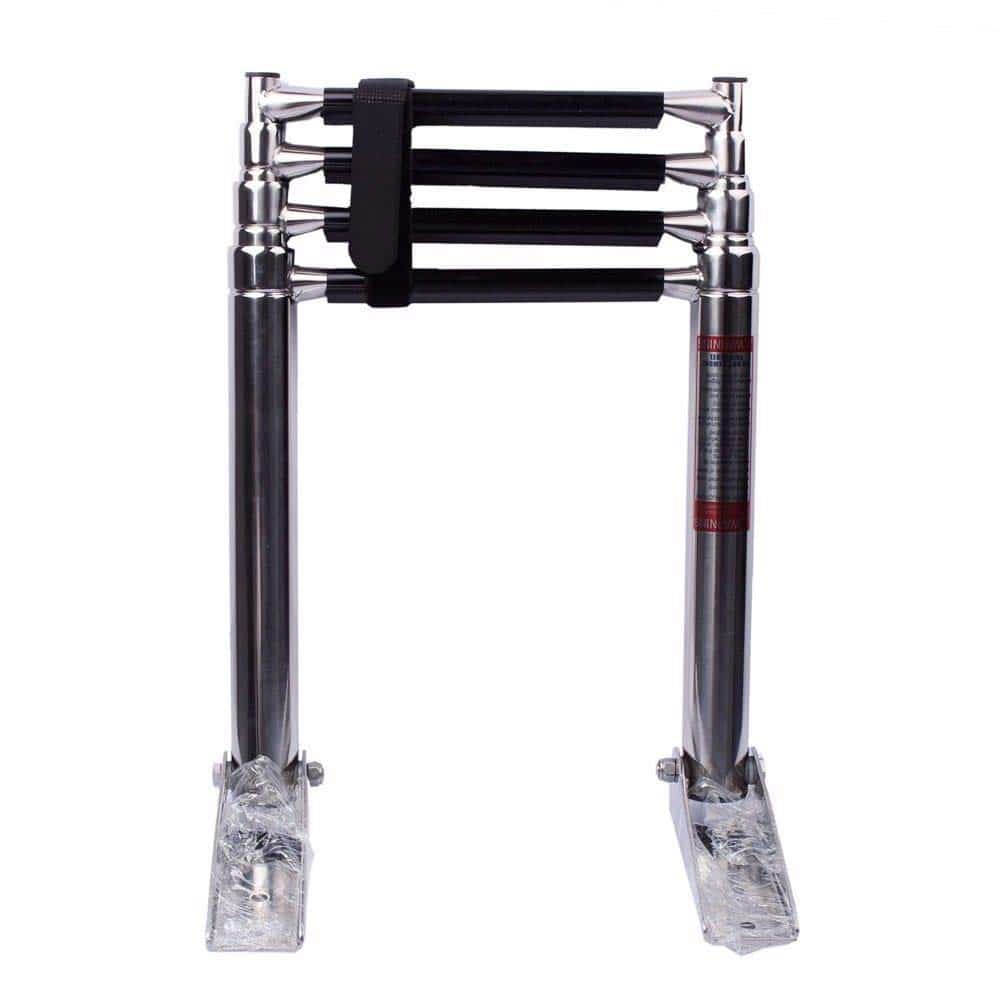
Boat, or boarding ladders come in various styles. Many powerboats feature permanently mounted ladders that pivot out from above or below swim platforms and extend down into the water. Pontoon boats often feature similar ladders but with the addition of tall handrails to ease a boarder’s transition onto an otherwise open deck. Portable, over-the-gunwale ladders feature padded hooks that can be placed over the gunwale for boats without a fixed ladder. You can also find removable ladders that lock more securely into place via mounting brackets fixed permanently to the deck.

Avoid simple, one-rung steps that pivot into place. To truly facilitate easy boarding, a ladder must extend deep enough into the water so that reaching that first step isn’t an uncomfortable stretch. Ideally, look for as many as three rungs extending below the surface. Also consider step width; a narrow ladder is more difficult to climb, a wider ladder easier, especially for larger passengers.

Boarding ladders are typically subject to a fair amount of water and spray. Choose a noncorroding material like stainless steel or aluminum in the ladder structure. Stainless steel is stronger and offers a mirror-like shine; aluminum will be lighter in weight as well as typically less costly. Avoid simple rounded tubing in the step area. A flattened step with plastic treads will prove more comfortable on bare feet as well as provide superior traction.


